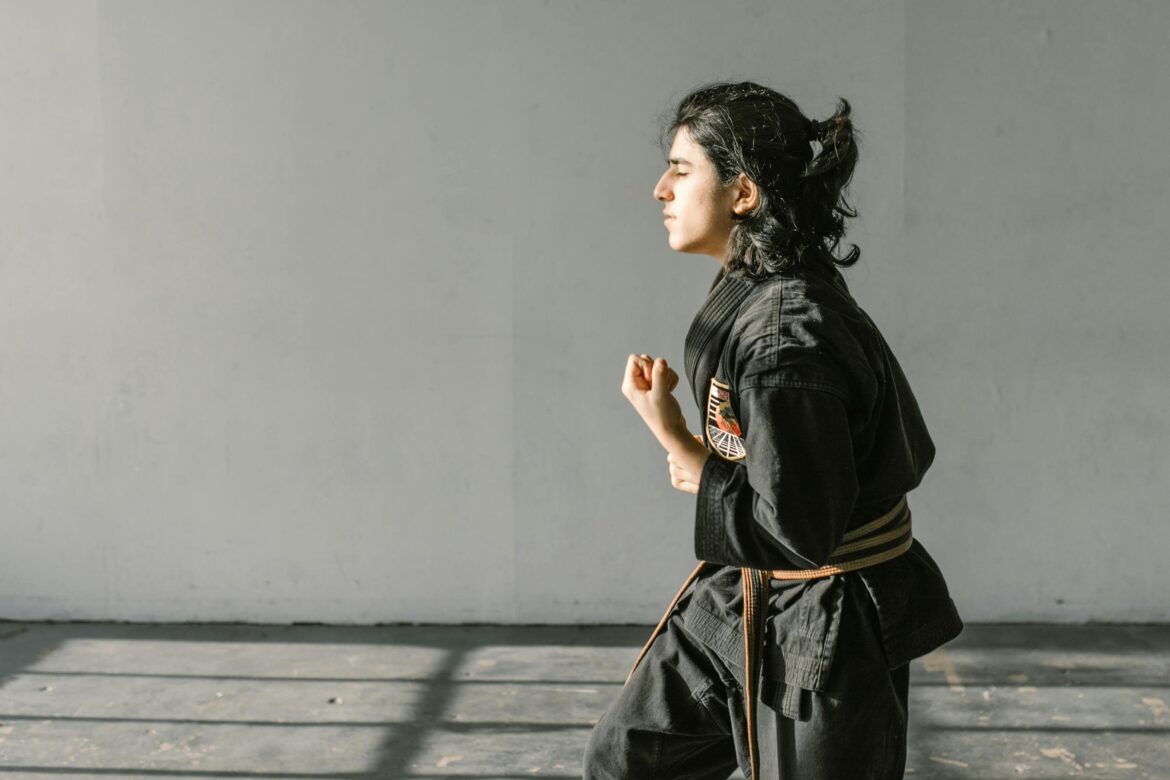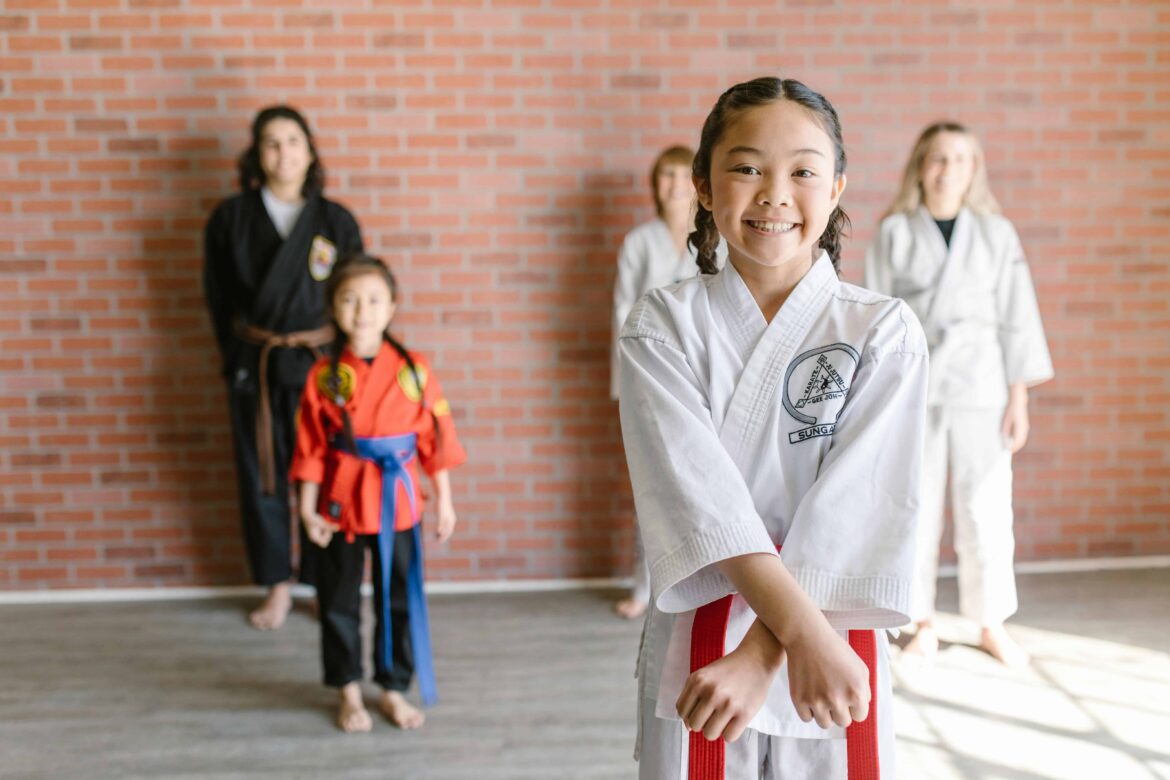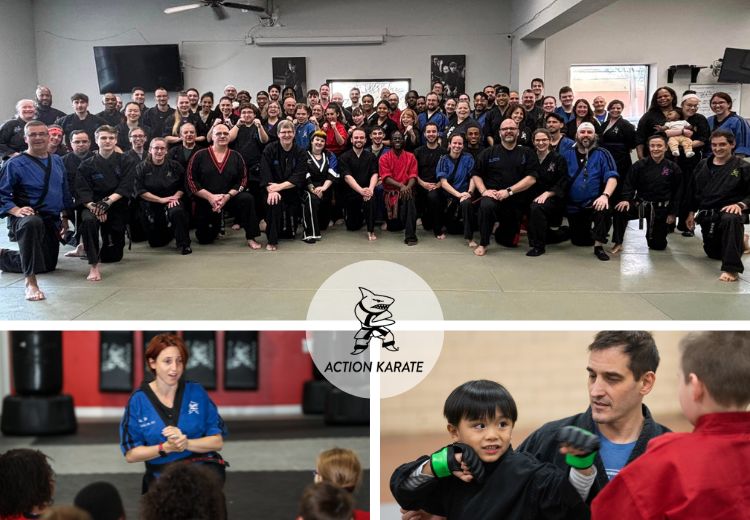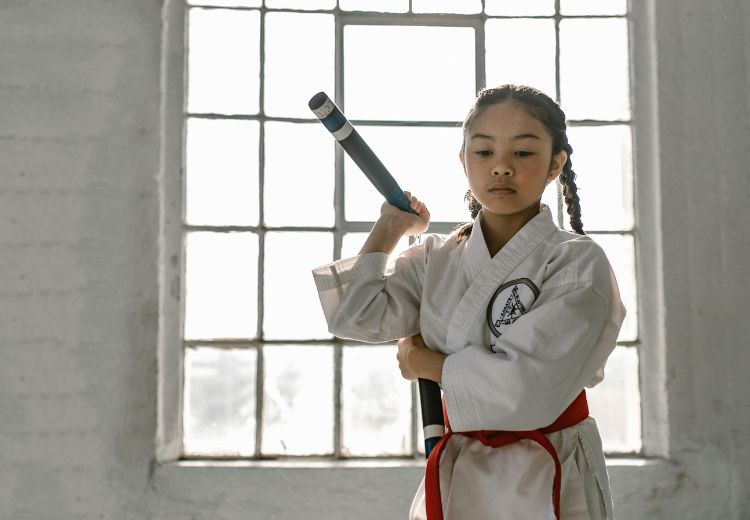With bullying on the rise, and with an increase in people wanting to learn effective ways to protect themselves in potentially harmful situations, self-defense mixed martial arts (MMA) have emerged as the solution.
Interestingly though, there are many MMA styles you can choose from, depending on your interests, aims, and fitness levels. Wondering which MMA style is ideal for you?
Keep reading below to discover the main differences between some of the most popular mixed martial arts styles and how they can help you resolve difficult situations. But first, let’s take a quick look at the history and origins of mixed martial arts.
The history and origins of mixed martial arts (MMA)
Mixed martial arts dates back thousands of years. It is believed that it started in ancient China during the Han dynasty, when soldiers were taught to use a mix of fighting styles to take down their opponents. That was around 2,200 years ago.
Also around that time, in ancient Greece and Rome, some fighters were trained to fight with everything they had. In Rome, in particular, these mixed fighting styles were watched for entertainment at colosseums, using practically any and every self-defense mechanism the fighter could possibly use to win.
These martial arts styles were quite bloody, though, and were later banned. In another part of the world, far off in the east in Japan, we saw the development of karate and judo. And, of course, there’s something special to be said about Brazilian jiu-jitsu, which was developed from a combination of Asian martial arts and a Brazilian twist. Later on, in the late 19th century, we saw that MMA was recognized as an Olympic sport, while boxing followed soon after in 1904.
Overall, the history of mixed martial arts is rich and diverse, borrowing moves from different styles to help you take down an opponent or an attacker. So, which MMA style is ideal for you? Take your pick from the list below.
What are the best self-defense martial arts?
Over the years, you will have realized that martial arts is essential for self-defense. However, it is also an important way of life. It’s about confidence, discipline, and respect as well as strength and being able to defend yourself from physical harm. So, without further ado, let’s take a quick look at some of the options you have at your disposal and choose the ideal MMA for you.
Muay Thai
Muay Thai is also known as Thai boxing. What makes this martial arts special is its intricate and strong kicks that can disarm an opponent quickly. It’s a street-fighting style that uses punches and kicks, alongside elbows and knee strikes, making it highly effective for self-defense.
Brazilian Jiu Jitsu (BJJ)
If you find yourself in a one-on-one situation with an attacker, BJJ is a great option for self-defense. It’s a lot about ground techniques, chokes, and locks, meaning you can bring your opponent down quite quickly, depending on your skill set. Interestingly, BJJ is a type of derivative of judo, making this mixed martial arts highly potent and powerful.
Savate
You will be forgiven for thinking that the French martial arts Savate is similar to kickboxing because it uses both punches and kicks. However, there are important differences, with a major focus on kicks. Important to note is that kicks may not always get you out of a hairy situation, so it might be a good idea to consider other types of MMA styles to ensure you learn a holistic approach to defending yourself.
RBSD/Combatives
Reality-based self-defense (RSBD) or combatives, as it’s also called, is a mixed martial arts style that can be learned quite quickly for self-defense purposes. However, your skills and training require a good instructor for it to be effective. Interesting to note about RBSD is that it follows no standardized system and that it uses swift strikes and joint locks as part of its defining characteristics.
Russian Sambo
This type of MMA is a good form of self-defense. It can be used to fight an opponent and even disarm them if they have a weapon. In essence, it involves using punches, kicks, and grappling with a focus on throws and locks.
Aikido
If you find yourself pitted against an aggressive opponent, aikido could help you. It’s about redirecting their energy to diffuse situations. However, it’s worth noting that it is not the ideal MMA if your opponent is more skilled than you are.
Silat
Originating in southeast Asia, the silat martial arts features quick strikes, limb destruction, and dance-like movements. With this type of martial arts, you can use a variety of weapons while focusing on groundwork together with grappling.
Boxing
With its intense conditioning, boxing uses powerful punches and strikes to disarm opponents. It focuses heavily on footwork.
Kickboxing
Much like the name suggests, kickboxing is about adding kicks to the punches used in boxing. This self-defense technique is considered a full-contact one and it involves getting close to your opponent as you try to defuse challenging situations.
The Approach
Are you looking to learn how to defend yourself quickly? The Approach could be right for you. Developed by Eddie Quinn, this quick and powerful self-defense method focuses on strong strikes.
Judo
This martial art is not directly focused on self-defense techniques but it does aim to throw opponents down, which can be effective in such situations. It follows strict rules. And its defining characteristics include throws, pins, chokes, and armlocks.
Keysi Fighting Method
This is a Spanish street fighting style that helps you in cases where you are surrounded by several opponents.
Wing Chun
Wing Chun is a Kung Fu style that focuses on a direct approach and targeted strikes, ideal for close-range self-defense and combat. It is known for its straight punches and precise strikes that target the opponent’s face.
Jeet Kune Do
Bruce Lee is credited for having developed Jeet Kune Do, which is not only a self-defense approach but also a martial arts philosophy that emphasizes practicality and efficiency. It also borrows techniques from a variety of different martial arts disciplines.
Mixed Martial Arts (MMA(
MMA is more of a sport although it can still be used for self-defense. It borrows from a number of disciplines and focuses on striking and grappling, among others.
Krav Maga
This is the official Israeli Defense Force method of self-defense and it includes disarming opponents who carry weapons, such as guns and knives.
Karate
Karate is not only a powerful way of getting fit. It’s also about a holistic approach to life and a martial arts philosophy. On the practical side of this martial arts method, students learn techniques that include kicks, punches, blocks, and grappling.
How to choose the best martial arts for you
With so many different options, you might be wondering how to choose the right martial arts for you. Ultimately, your choice will depend on factors such as your personal preferences, your fitness level, as well as the types of self-defense situations you would like to be prepared for.
Here at Action Karate, we teach you self-defense skills that empower you in both physical and mental ways to help you gain confidence in tricky or challenging situations, ensuring you and those around you are safe from harm.
Ready to get started on your self-defense journey? Simply get in touch with our friendly and helpful team.





